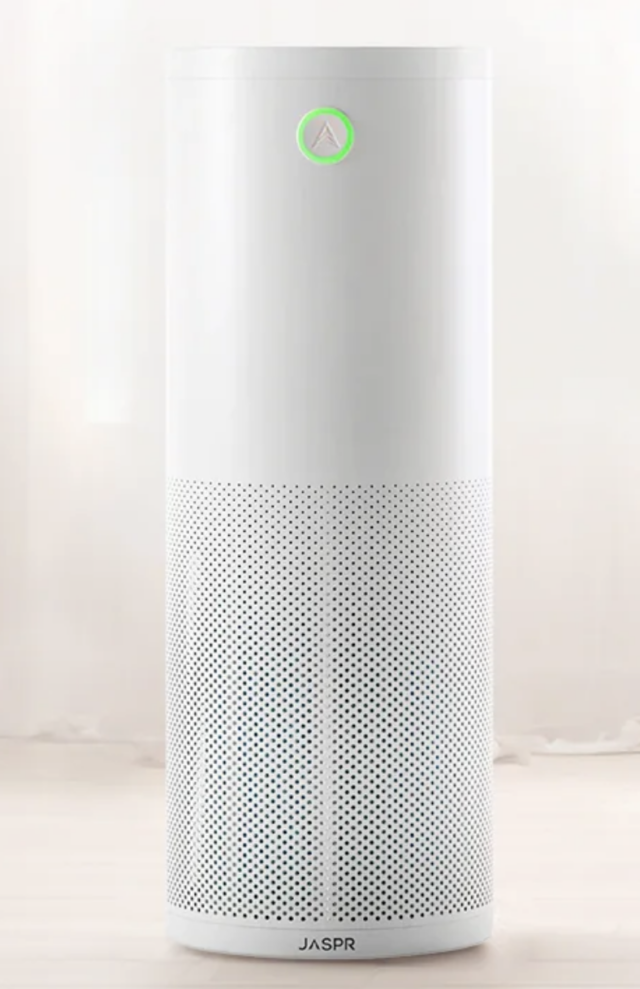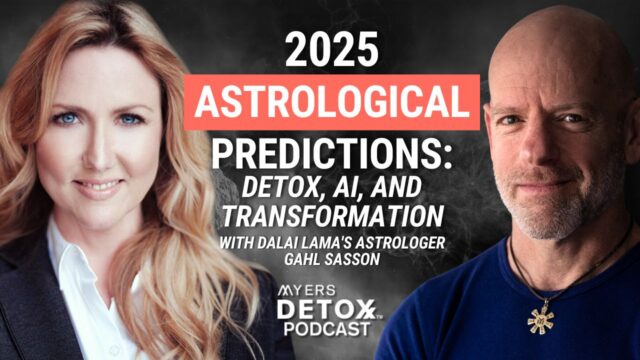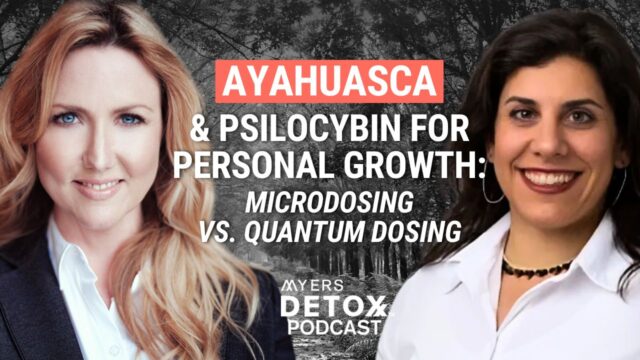In the modern world, air pollution is nearly impossible to avoid.
According to recent research, many places across the U.S. have air pollution that exceeds federal limits[1].
If you live in a city or near a factory — or you commute to work on a busy highway — you’re breathing in toxic air every single day.
Your body can handle occasional toxins in the air. But when you’re inhaling pollutants every day for years, your health can begin to suffer.
Here’s what you need to know about air pollution, how it affects your health, how to reduce your exposure, and what you can do to support your body’s natural ability to detox and reclaim your wellbeing.
Air Pollution Is Getting Worse
For a lot of the United States, air pollution is worse than you might think.
A significant portion of the U.S. has air quality in the red, with Los Angeles, San Francisco, New York, D.C., and Chicago among the worst offenders[2].
In addition, many smaller towns, especially in the Midwest, have toxic air from nearby factories, energy plants, pesticide-heavy farmland, and other pollution sources[2].
According to the American Lung Association, half of all Americans are already living in an area with unhealthy air[3]. More than a dozen known or suspected carcinogens are common in polluted air, including:
- Lead
- Mercury
- Cadmium
- Chromium
- Dioxin
- Benzene
- Toluene
- Formaldehyde
Heavy metals like lead and mercury are especially toxic, and unfortunately, the Environmental Protection Agency (EPA) loosened heavy metal emissions laws in early 2020.
With the new guidelines, heavy metal pollution in air may increase by up to 70% in the coming years. This change in policy could be devastating to your health — especially if you already live in an area with polluted air.
Chronic Air Pollution Sabotages Your Health and Immunity
Part of the problem with air pollution is that it takes time for the symptoms to show up. When you’re inhaling small amounts of toxins every day for years, the effects aren’t always obvious short-term.
But over time, air pollution (especially heavy metal pollution) can cause a variety of health issues, including:
- Headache
- Fatigue
- Brain fog
- Weight gain
- Anxiety
- Digestive and gut issues (many toxins kill good gut bacteria)
- Skin problems
- Trouble sleeping
And more long-term, air pollution can increase your risk of major illnesses like:
- Viral infection[4]
- Asthma[5]
- Inflammatory lung disease[6]
- Heart disease[7][8]
Polluted air also stresses your immune system. Airborne toxins build up in your body over time, weakening your defense against infectious pathogens like viruses and bacteria[9][10].
Breathing polluted air can be devastating for your health. And with air pollution so widespread, it’s more important than ever that you detox and keep yourself healthy.
Indoor Air Has Toxins Too
No matter where you live, your home or apartment likely has polluted air too. In fact, indoor exposure may be worse than outdoor exposure, especially during the winter[11].
Building materials like treated wood, paint, new carpets, and others can do something called off-gassing.
Over time, these materials break down, releasing small toxic particles called volatile organic compounds (VOCs) that can damage your health[12].
Unless your house was built with all green building materials, you’re likely breathing in VOCs on a regular basis.
In addition, water damage, small leaks, built-up condensation in your air conditioning ducts, and other moisture problems can cause mold to grow in your home.
Mold (especially black mold) produces strong carcinogens and neurotoxins that disperse through the air, quietly damaging your health and causing brain fog, asthma, allergic reactions, and more[13].
Stop Breathing Toxic Air
Between indoor and outdoor air pollution, many of us are breathing in toxins all the time. The around-the-clock toxin exposure will gradually sap your health and wellbeing, causing brain fog, fatigue, weight gain, trouble sleeping, and more.
If you’ve been breathing polluted air, you need to get rid of the source as quickly as possible.
Supporting your body’s natural detox pathways so that you can protect yourself from air pollution is a good second step, but your first priority should be to stop breathing in toxic air. If you don’t address the root cause, your problem will never truly go away.
That’s where air purifiers come in. A good air purifier will remove toxins and give your body a break from constant pollution.
Most of us spend about 90% of our time indoors. Having a high-quality air filter in your home, car, and/or office will make a huge difference in how you feel day-to-day, and in your long-term wellbeing.
How to Choose a Good Air Purifier
Air pollution can leave you chronically fatigued, sick, or worse.*
And with the newly relaxed EPA pollution guidelines and the impact air has on your immune system, it’s more important than ever that you protect yourself from polluted air.
That’s why I’m happy to recommend a new air filter from indoor air quality expert, Mike Feldstein.
He’s invented an affordable indoor air filtration solution that removes more airborne pollutants than any other system I’ve tried. This solution not only eliminates 99.97% of particulate pollution, but it also removes virtually all chemical pollution, too.
It cleans up toxins that off-gas from furniture upholstery, carpets, personal care products, air fresheners, paint, and more!
One unit cleans 900 square feet 3 times per hour! It’s one of the best air filters out there. Go here to learn more.
Air pollution is one of the biggest hidden toxin sources in everyday life. Start filtering your air today to create a clean, comfortable home and take back control of your health.
*These statements have not been reviewed by the FDA. A home air filtration system like Air Doctor is not designed to treat, cure, or prevent any disease. It is not intended to replace any medication or healing modality prescribed by your medical doctor.










